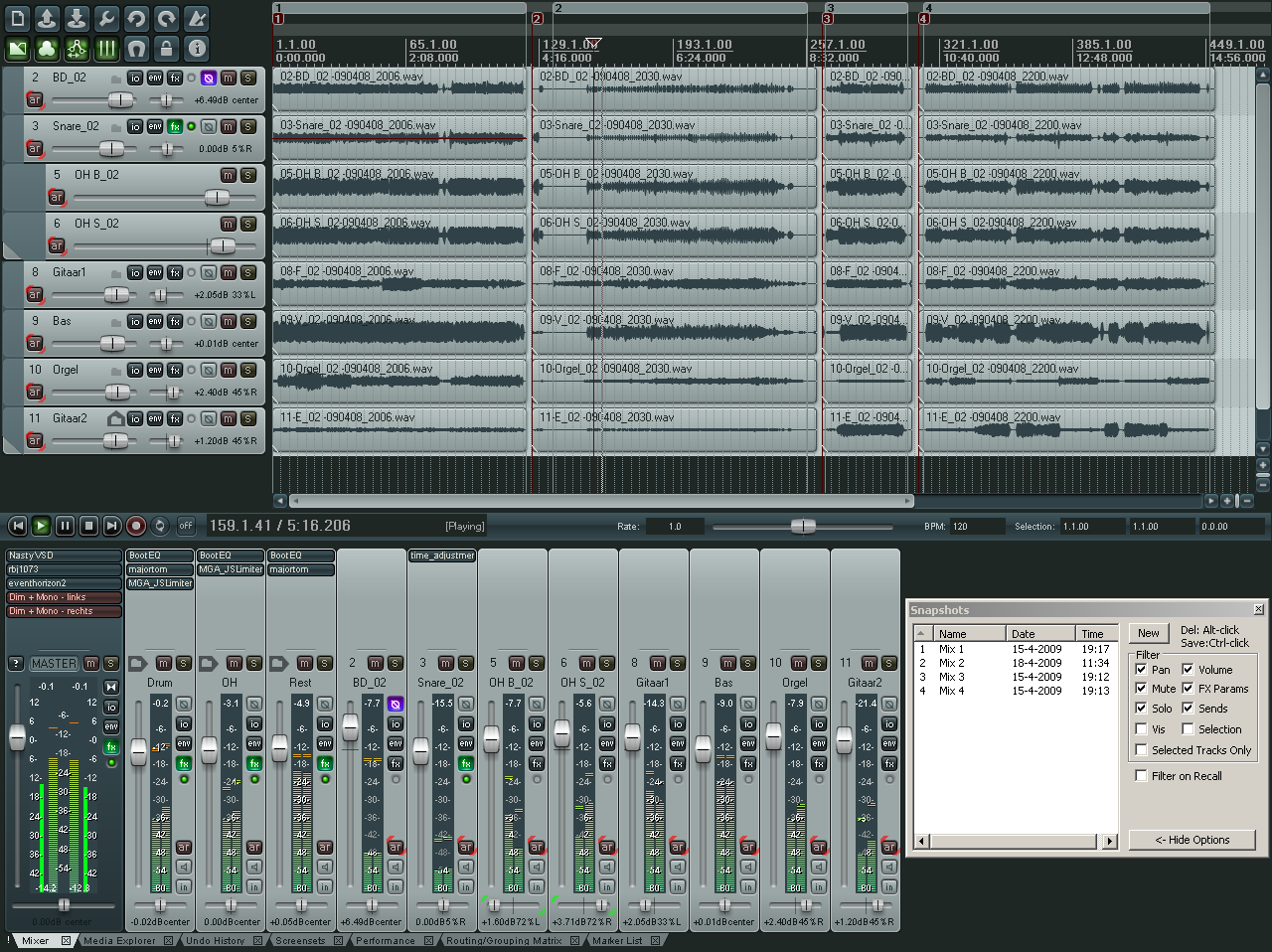Reaper Themes Mac

CubicPack: using the theming engine in conjunction with custom toolbars to bring the Reaper user interface much closer to that of the ‘target’ DAW, Cubase. What you don’t like about Reaper, you can probably change! Back in SOS March 2016 (), we created some custom Reaper Actions and assigned keyboard shortcuts to them, but Actions can also be assigned to menus and toolbars.

This feature allows you to tweak Reaper’s user interface subtly so that it better suits your existing workflow, but it can also radically alter Reaper’s layout and functionality. This is what we’ll be exploring this month and, as in the earlier article, you’ll need the free SWS/S&M extension () if you wish to follow all the examples. In case you missed the March workshop, I’ll briefly recap what Actions are all about. Actions already lie at the heart of your own interaction with Reaper — for example, when you hit the space bar to start and stop playback of your timeline, you’re triggering an Action named ‘Transport: Play/stop’. The Actions list comprises several thousand commands, each of which can be assigned to various different input triggers.
They lie beneath many default controls, including toolbar buttons, dropdown and contextual menus, and even fundamental commands like loading and saving projects. All Reaper’s drop-down menus, context menus, and toobars link back to Action items. To get started, from the main window, go to the Options menu, then select ‘Customise menus/toolbars.’ to bring up the appropriate window. Fake Drivers Licence Uk on this page. The drop-down selector, found top-left, allows you to choose which elements you’ll customise. We’ll start with the File menu from Reaper’s primary menu bar. The Customise menus/toolbars window.
REAPER 5.28 REAPER 5.28 Full Crack is a complete digital audio production application for. Mac OS X 10.7 10.8. Proudly powered by WordPress Theme.
Select ‘Main File’, which should be at the top of the list, and you’ll be presented with two columns of commands. The right column always shows the default configuration, and the left displays your customised version; as we’ve made no changes yet, both columns should appear identical. Now let’s make a very simple edit to demonstrate the functionality. Say, for instance, we want to add the ‘Save item as audio file’ command to the File menu. First click on the Add button (bottom left of the ‘Customise menus/toolbars’ window) and select Action from the drop-down. This brings up a searchable list of Actions (including any you’ve created yourself). Find and select ‘Xenakios/SWS: Save item as audio file.’ then click on ‘Select/close’.